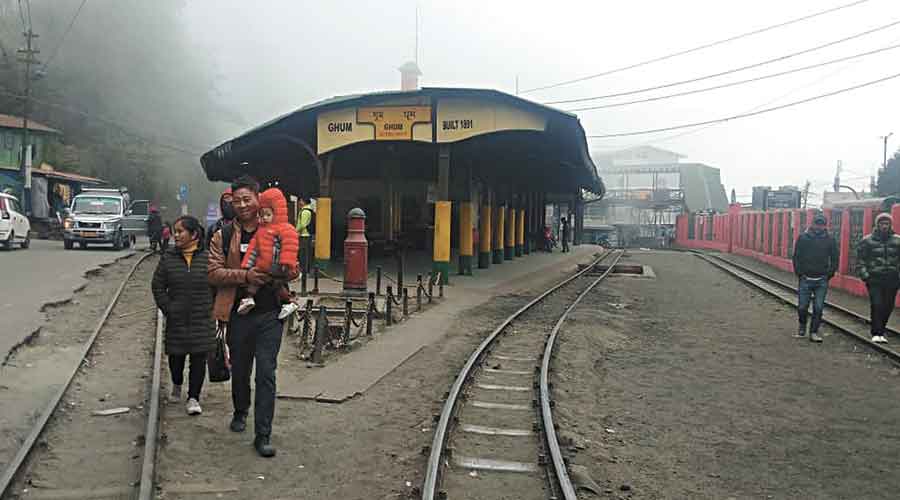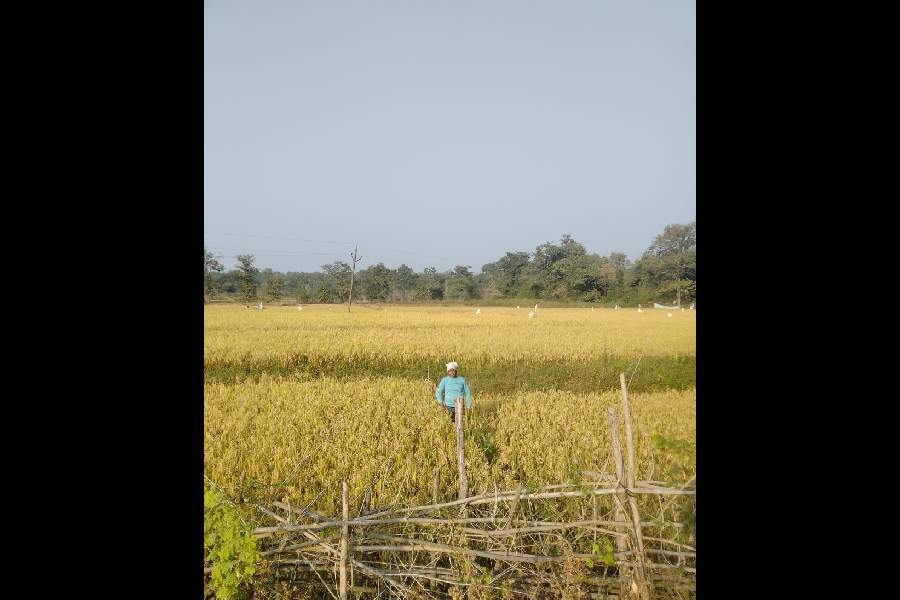January 2021 so far has been warmer than usual in the hills and on the plains.
Reason — a western disturbance leading to the formation of clouds during evening and night hours has halted the mercury free fall across north Bengal for past few days.
Maximum and minimum temperatures are many notches higher than the average normal in January.
“Western disturbance has created a cloud cover in most of the areas. During night hours, the earth releases heat that brings down the temperature. The clouds are acting as a blanket and thus the temperature is not coming down like the other years,” said Gopinath Raha, the head of the regional meteorological centre in Gangtok.
During daytime, clear and sunny skies are raising the temperature, pointed out Raha.
The data available with the Indian Meteorological Department (IMD) show that in the hill town of Darjeeling, the maximum and minimum temperatures during past 24 hours were 14.6°C and 5°C, which are higher by around four and three degrees, respectively, from the normal average.
Similarly, in Gangtok, the maximum temperature recorded in the past 24 hours was 15.9°C while the minimum was 6.7°C. Both are higher by three degrees from the normal average.
“There is a chilly feel in the hills in the evening and night hours but that is comparatively less intense than any other year,” said a Darjeeling resident.
In the plains, the maximum temperature even crosses the 26°C mark. The minimum is around 13.1°C.
“It seems like a sudden return of autumn after the short cold spell that characterised the end of December,” said a resident.
The IMD data also shows that in each place of north Bengal, the maximum temperature is on an average higher by five to six degrees from other years.
“This is why the chilly feeling is missing throughout the day. Unless the western disturbance weakens and the cold north-westerly winds get in, weather conditions are likely to remain the same. We believe there might be some changes after another five days or so. There is also a forecast of light rainfall in some places that can bring down the mercury,” Raha said.
While many residents are surprised at the “untimely autumn”, those associated with the travel and tourism industry are elated for now.
“The temperatures might be slightly on the higher side but tourists are enjoying the more comfortable climate,” said a travel house owner in Siliguri.
It is only during the past few weeks that hundreds of tourists have started flocking in the hills to enjoy the winter, he added.
Travel and tourism stakeholders said last year, the losses from the Covid-19-induced lockdown had impacted thousands of livelihoods in the region.
However, some tourism stakeholders are looking forward to snow in Darjeeling. “There had been some snowfall earlier in upper reaches of Sikkim. We hope Darjeeling hills and Sikkim see snow in the coming weeks. That will bring more tourists to the hills,” said a source.











